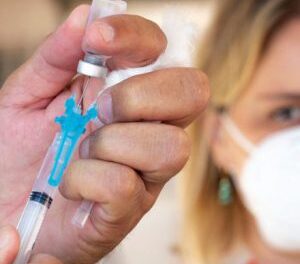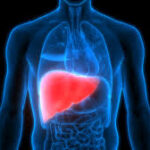Active recovery—the practice of engaging in light physical activity after intense exercise—has long been touted as a strategy to enhance recovery, reduce muscle soreness, and improve subsequent performance. But how effective is it really?
What is Active Recovery?
Active recovery involves low-intensity physical activity performed immediately after a strenuous workout. This could include walking, cycling, stretching, or bodyweight exercises such as lunges and squats. The key is to maintain a light-to-moderate intensity level—essentially, if you can hold a conversation while exercising, you’re likely within the right range.
Some athletes also incorporate light workouts on their rest days as a form of active recovery. However, research has primarily focused on active recovery done immediately after exercise, which will be the focus of this discussion.
The Science Behind Active Recovery
One of the proposed benefits of active recovery is its ability to help the body clear out waste products like lactate and hydrogen ions, which accumulate during intense exercise. By keeping the body in motion, these byproducts are transported from the muscles into the bloodstream, where they can be broken down or excreted. Some studies suggest that active recovery may also help reduce muscle soreness and allow athletes to regain peak performance more quickly.
However, active recovery does not appear to reduce post-exercise inflammation, which plays a role in muscle strengthening and adaptation. Unlike methods such as ice baths, which can blunt training adaptations, active recovery does not interfere with the body’s natural responses to exercise.
The Contradictory Evidence
Despite some positive findings, research on active recovery is far from conclusive. Several studies indicate that active recovery is no more effective than simply resting when it comes to reducing muscle soreness or enhancing performance. In fact, more studies suggest that it has little to no effect than those that claim it provides significant benefits.
This discrepancy may be due to variations in study design, differences in how active recovery is implemented, or the relatively small impact it has—too minor to show statistical significance in scientific studies. However, since there is no evidence that active recovery is detrimental, it remains a viable option for those looking to experiment with different recovery strategies.
When is Active Recovery Most Beneficial?
Active recovery is most useful in scenarios where multiple bouts of exercise occur within a short time frame. For example, athletes participating in tournaments with short breaks between games may benefit from an active recovery session. Similarly, those training for endurance events, such as marathons, might find that active recovery helps prepare them for back-to-back training sessions.
Conversely, if an individual has more than 24 hours of rest between exercise sessions, active recovery is unlikely to offer significant advantages, as the body will naturally recover within this timeframe.
Maximizing the Benefits of Active Recovery
If you choose to incorporate active recovery, research suggests that the optimal duration is around 6–10 minutes of light-to-moderate exercise. Interestingly, intensity does not seem to matter as long as the activity remains within this timeframe.
Ultimately, while active recovery is unlikely to be a game changer, it does have some small benefits for those who need to recover quickly. Since it poses no risks, those interested in experimenting with recovery strategies may find it worthwhile to incorporate into their routines.
Disclaimer: This article is for informational purposes only and does not constitute medical or professional advice. Always consult a qualified health professional before making significant changes to your exercise or recovery routine.











